What is currant anthracnose and how to deal with it?
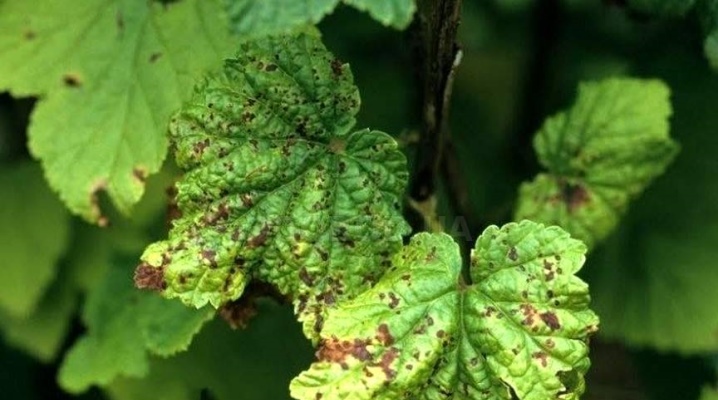
The appearance of small dark spots on currant leaves, accompanied by a general weakening and wilting of the bushes, may indicate the development of an insidious disease in plants - anthracnose. In the absence of timely and competent treatment of currants, the gardener runs the risk of being left not only without a harvest of berries, but also without planting at all. What symptoms indicate anthracnose in currants? What drugs and folk remedies can be used to cope with this problem? How to prevent its occurrence?
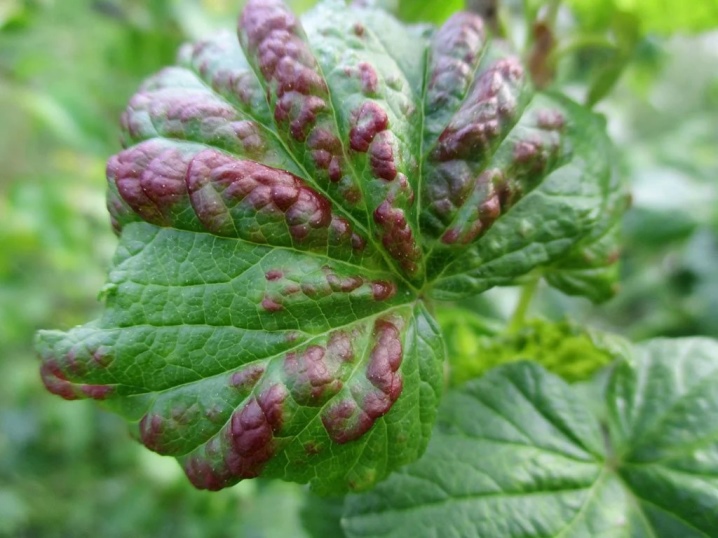
Description of the disease
Anthracnose is a dangerous plant disease caused by ascomycete fungi. Among cultivated plants, this disease poses the greatest threat to currants (red, black), raspberries, gooseberries, as well as citrus fruits, legumes, pumpkin seeds (cucumbers, zucchini).
One of the characteristic features of anthracnose is the formation of dark brown or red-brown spots on currant leaves with purple, dark brown or black edging. In some cases, the color of the spots or their edging can be pale orange, pinkish, light yellow. The spots usually have an arbitrary shape and size, they can be dotted or merge into one large mark with uneven edges.
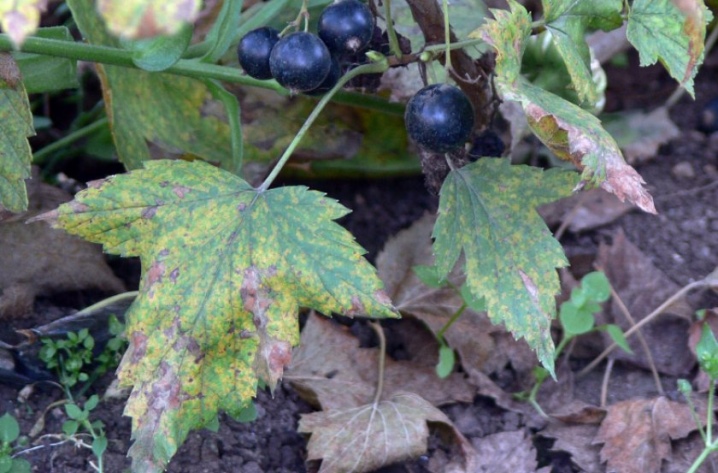
As the disease progresses, the spots may grow in size. In dry weather, cracks begin to form on their surfaces. With high humidity, rot appears on the affected areas. Areas on the stems of currants, affected by the fungus, are gradually pressed inward, "fall through", because of which the lesions visually begin to resemble burns.
If untreated, the fungus infects the plant quickly enough, as a result of which its green aboveground part, including young shoots and stems, acquires a brown-brown color and dies after a short time. Fruits and ovaries affected by anthracnose rot and fall off.
The rapid defeat of currants by anthracnose is facilitated by the increased humidity of the air, which is noted in rainy, cloudy weather, as well as frequent and improper irrigation of the bushes.
With increased humidity, the spores of the pathogenic fungus not only quickly spread through the affected plant, but also fall on the green spaces adjacent to it.
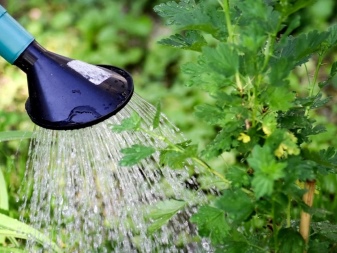
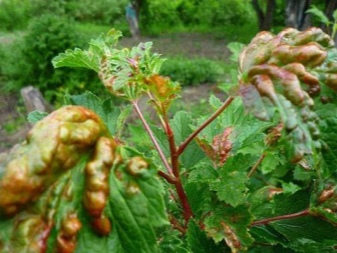
Other factors that favor the emergence and development of anthracnose include:
- cool weather combined with high air humidity (20-22 ° C heat and 85-90% humidity, respectively);
- deficiency of potassium and phosphorus in the soil;
- high acidity of the soil.
It should be noted that the entry and spread of the fungus on the site can also be facilitated by the actions of the gardener himself, who uses infected plants and seed material for planting. From infected seedlings and germinated seeds, fungal spores quickly spread to other crops. Mushroom spores can get to the site both with the wind and with insects. This usually happens in cases where areas with infected plantings are located in the neighborhood.
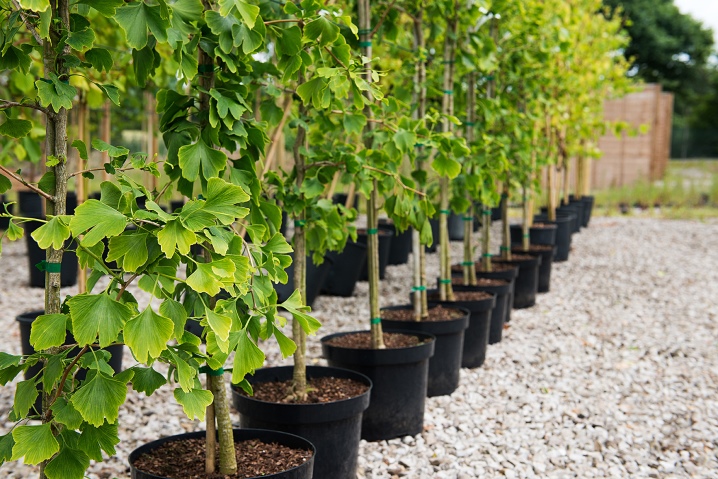
How to treat?
The fight against currant anthracnose is a task whose solution requires an integrated approach. In order to effectively fight the causative agent of this insidious disease, gardeners use both ready-made chemicals and safer and more environmentally friendly folk remedies. Both those and others have a fungicidal effect, due to which inhibition of development and destruction of the fungus is achieved.
Regardless of which chemical will be used to combat anthracnose, when processing currants, the gardener must follow all the precautions recommended by the manufacturer. Processing is carried out in protective equipment (gloves, respirator), in dry and calm weather. After processing, you should thoroughly wash your face and hands, dispose of the used container.
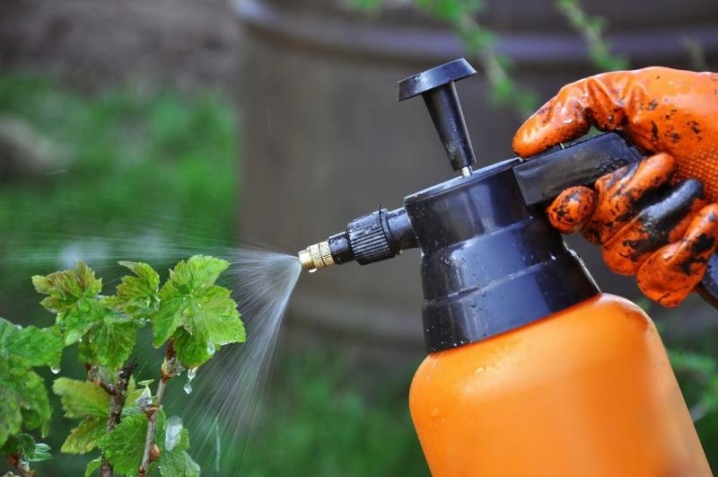
Drugs
- Bordeaux mixture (1%) - a powerful fungicidal preparation with a wide spectrum of action that destroys various types of fungi. For the prevention of anthracnose, the processing of black and red currants with a Bordeaux mixture is carried out once in early spring, until the leaves appear. For the treatment of bushes already affected by anthracnose, the treatment is carried out after flowering and 2 weeks after picking the berries.
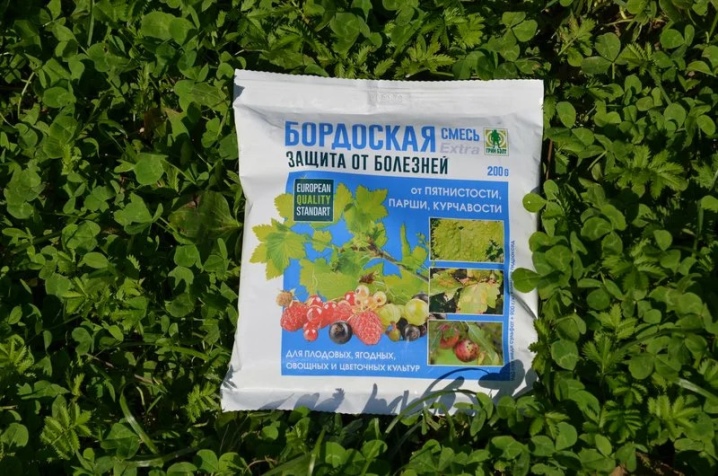
- "Oxyhom" - a relatively new, effective two-component fungicide, which contains copper oxychloride (or hydroxide) and oxydexil. The agent has a systemic and contact effect, providing a reliable and long-term therapeutic or prophylactic effect. The drug is quickly absorbed into the leaves of the plant and is carried with the cell juices to all parts of it. The working solution is prepared in accordance with the instructions and the currants are treated with it on the same day, observing all precautions.
During flowering, the drug cannot be used. Depending on the degree of damage to the plants, the treatment is carried out 1-3 times with an interval of 2 weeks.
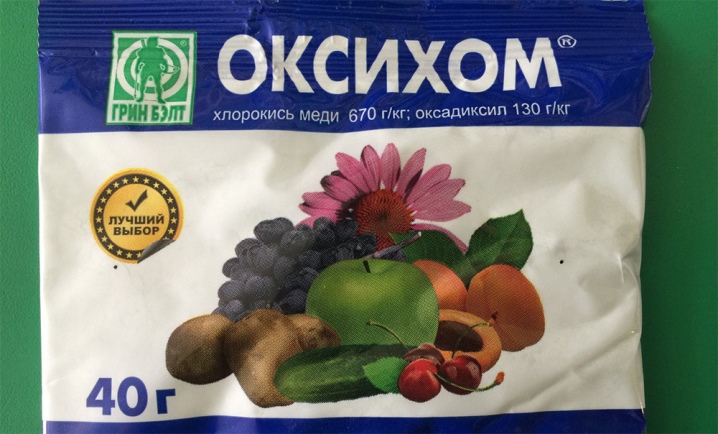
- Fundazol - a very popular and effective fungicide with a broad spectrum of action. The active component of the product is benomyl, a highly toxic substance for pathogens (fungi). The drug is used both for processing adult and young plants, and for dressing seed material. To process currants affected by anthracnose, use a solution prepared from 10 g of the drug and 10 liters of water (the ratio of the components should be checked with the data indicated on the package).
The solution should be applied before flowering currants or after harvesting the fruits.

- Copper sulfate - a simple but very effective tool used by gardeners for the treatment and prevention of fungal diseases in cultivated plants. The processing of currants with this drug is carried out in the spring - until the moment when the buds begin to bloom on the bushes. In addition to the plants themselves, the land under them is also cultivated.
This procedure allows not only to prevent possible damage to currants by anthracnose, but also to increase its resistance to pathogens of various bacterial diseases.
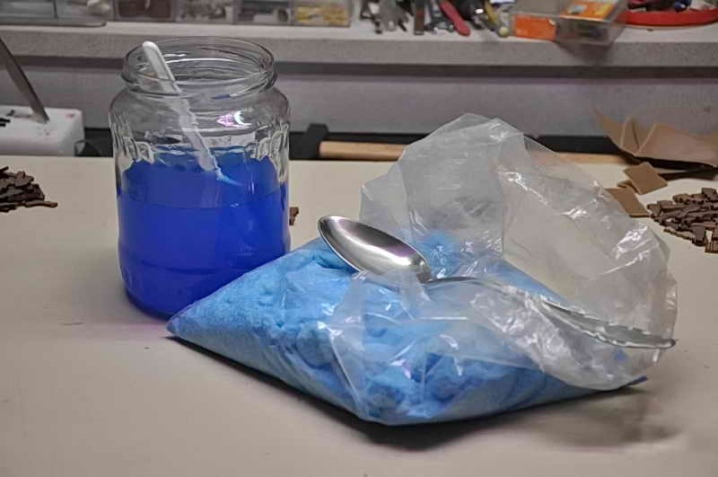
- Ridomil Gold - a very powerful fungicidal agent made in Switzerland. Highly effective against anthracnose pathogens and other fungi affecting cultivated plants. The active components of the drug are mancozeb and mefenoxam, which have a rapid toxic effect on the causative agents of various fungal diseases in plants. The disadvantages of the drug include the high price and toxic danger that it poses to humans and honey insects. With regard to currants, experienced gardeners recommend using this remedy at the earliest stages of the development of the disease.
With already formed foci of mass destruction of plants, the use of "Ridomil Gold" may not have a pronounced effect.
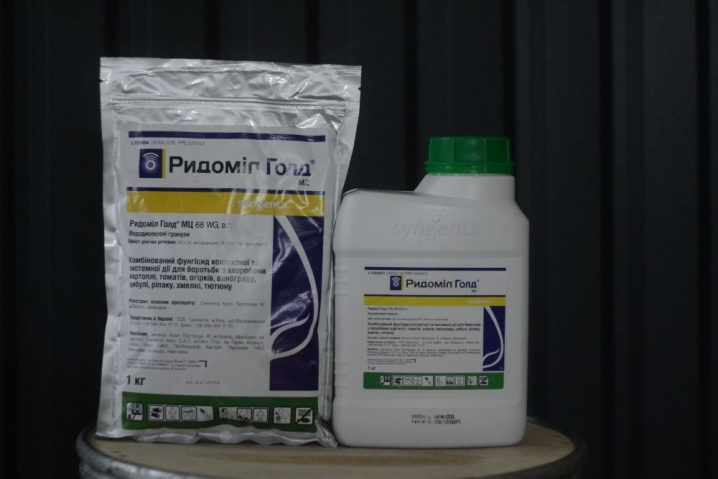
Folk remedies
Anthracnose of red and black (often golden) currants is one of the most severe fungal diseases that require immediate and comprehensive treatment. Given that this disease is difficult to treat, gardeners use a wide range of proven and affordable folk remedies in conjunction with chemicals.
- Soda, iodine and potassium permanganate. The solution prepared from these ingredients is suitable for processing currants in the summer, during the period of formation and ripening of fruits, when it is unacceptable to use aggressive chemistry. For processing, use a solution prepared from 2-3 tbsp. tablespoons of soda, 1.5 g of potassium permanganate and a few drops of iodine. The prepared product has not only antifungal, but also antibacterial effect.
- Laundry soap. For the prevention and treatment of fungal diseases, including anthracnose, a soap solution is used. For its preparation, half a bar of soap is dissolved in a bucket of water, after which the garden plantings are sprayed with the resulting composition. It should be noted that laundry soap can be replaced with tar or sulfur-tar.
- Garlic. Many gardeners use garlic-based infusion for the prevention and treatment of anthracnose. To prepare it, it is necessary to dilute 70-80 g of garlic passed through a press in a bucket of hot water. Next, the solution should be cooled, filtered and used to spray the bushes.
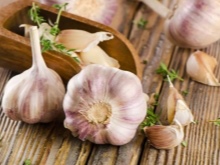
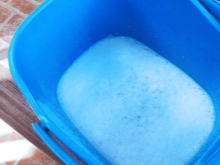
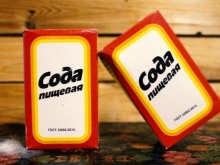
It should be noted that in case of severe damage to currants with anthracnose, it is worth getting rid of the affected bushes (uprooting and burning). This will prevent the spread of the disease to other crops.
If the defeat of the currant is not yet critical, then along with the treatment carried out, the affected parts of the bush (foliage, stems, shoots) should be cut and destroyed.

Prevention measures
One of the main measures for the prevention of anthracnose in currants is the timely implementation of a number of important agrotechnical measures. These works should be carried out regularly, during the entire growing season. These include the following activities and procedures:
- timely harvesting and destruction of fallen leaves, weeds, plant residues;
- regular thinning of plantings;
- timely pruning of bushes;
- compliance with the irrigation regime;
- drainage of planting holes.
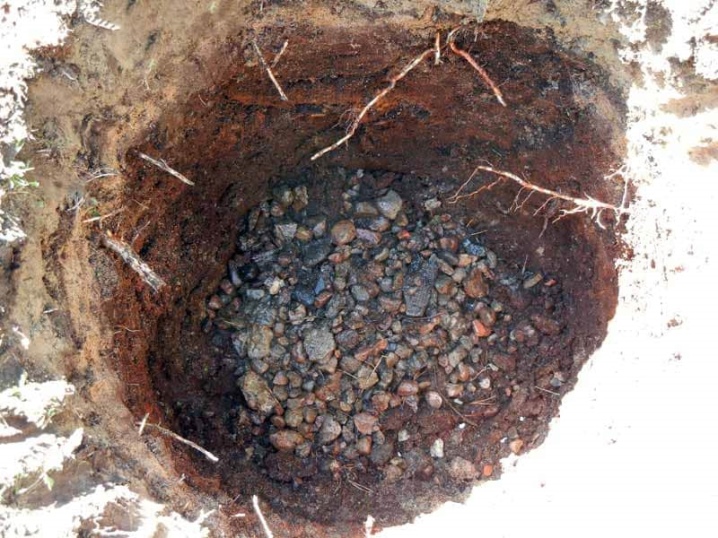
Observations show that the risk of contamination of plants with anthracnose increases significantly if the gardener does not perform the above actions. Dense plantings, waterlogged soil, excessive humidity and impaired air circulation are the main factors that provoke a decrease in plant immunity and, as a result, increase the risk of their damage by anthracnose.
Regular application of potassium-phosphorus fertilizers in accordance with the recommended feeding schedule is another effective measure for the prevention of anthracnose. For top dressing, both ready-made complex preparations and plant residues rich in phosphorus and potassium are used - banana peel, creeping thyme or wormwood herb.
An important measure for the prevention of anthracnose is the timely deoxidation of the soil (this procedure is carried out, if necessary, in areas with acidic soil). Dolomite flour, wood ash, chalk are used for deoxidation. The deoxidizer is introduced into the soil, strictly observing the stipulated terms and consumption rates.
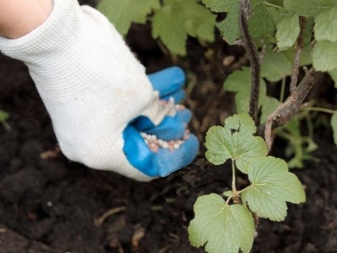
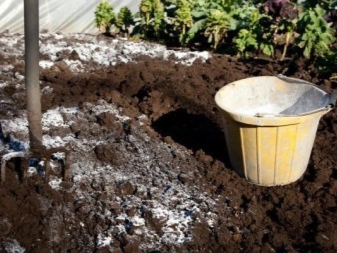
It is worth noting that if in nearby areas there are also cases of damage to currants by anthracnose, the fight against the disease should be carried out together with neighbors. Otherwise, the disease after a short-term retreat due to the measures taken may return again.
In order to avoid contamination of garden plantings with anthracnose from diseased seedlings and seeds, experienced gardeners recommend purchasing planting material only from trusted sellers and in specialized stores. Before planting, it is advisable to pickle the seeds, and treat the seedlings with fungicidal preparations.
In addition, preventive spring treatment of currants against pathogens of fungal and bacterial diseases should not be neglected. Most often, Bordeaux 1% liquid is used for this purpose.
Currently, breeders have managed to develop a number of varieties of red and black currants that are resistant to anthracnose pathogens. Among the red-fruited varieties it is "Gollandskaya krasnaya", "Faya fertile", "Chulkovskaya", among the black-fruited varieties - "Altayskaya" and "Velvetnaya".
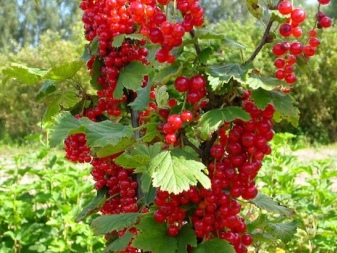














Thanks. But the disease started on the upper leaves. Let's start with iodine.
Thanks to. Useful information.
The comment was sent successfully.